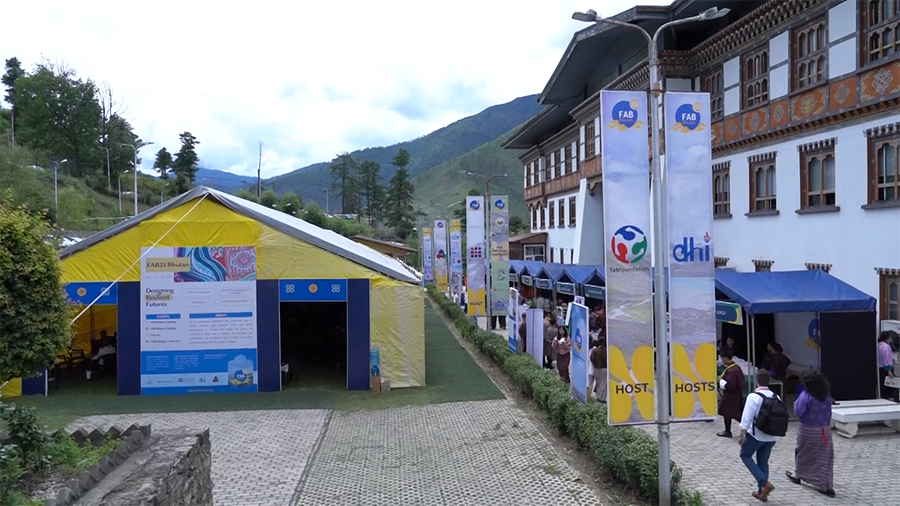
FAB23 Bhutan, the 19th edition of the international Fab Lab Conference and Symposium will come to a close tomorrow. The event organised by the Druk Holding and Investments brought together hundreds of inventors, artists, researchers, entrepreneurs, and creatives from around the world to Bhutan. But the conference also saw the Fab Bhutan Challenge, where five teams addressed different design problems for issues facing Bhutan. And a cost-benefit analysis by economists show investments in the resulting designs from the challenge can yield high returns, as high as 12 times the investment value.
In the Fab Bhutan Challenge held between July 16 and 21, five teams worked on finding solutions to different issues facing Bhutan.
These challenges were aimed at promoting monsoon-resilient agriculture, providing clean drinking water, preventing human-wildlife conflict, assisting traditional handicrafts, and improving education access for special needs students.
The solutions proposed during the challenge by the five teams show great promise. The solutions are naturally air-conditioned greenhouses to improve agriculture productivity, water flow monitors for clean drinking water, fortified electric fences to reduce human-wildlife conflict, standardised loom designs to enhance textile production, and innovative assistive devices for special needs education.
An economist with the Asian Development Bank, Milan Thomas, who closely followed the Fab Bhutan Challenge, recently came up with an analysis on the economic returns of the innovations from the Fab Bhutan Challenge.
The economic impact was assessed through a cost-benefit analysis, taking into account both benefits and implementation costs.
According to his analysis, in ten years, the Fab Bhutan Challenge designs has the potential to yield an economic return that is five to 12 times the investment cost, depending on how many innovations actually get implemented.
Moreover, he said that the innovations developed during the challenge have the potential to expand their reach beyond their intended targets.
The analysis proposes that the innovations from the Fab Bhutan Challenge could provide a way for Bhutan’s aspiration to become a high-income country by 2034.
Karma Samten Wangda
Edited by Sherub Dorji








